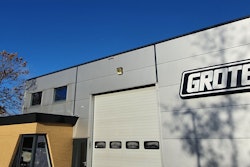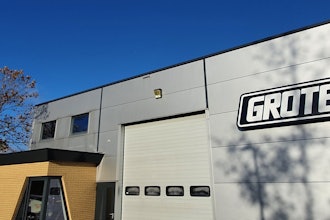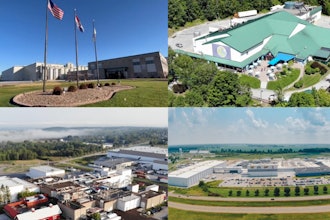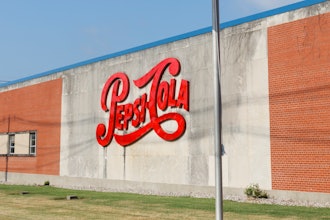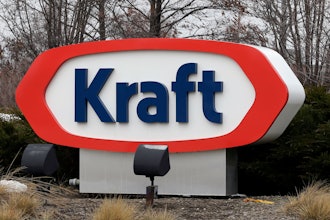Predictive Maintenance Analytics is going to transform the manufacturing industry by optimizing costs by delivering new efficiencies, creating new revenue opportunities by refining services, and increasing customer satisfaction and loyalty by increasing service value while lowering costs. While the prediction is not new, the almost unrestricted ability to obtain real-time data and to continuously analyze huge volumes of data (hundreds of terabytes) at staggering speeds (mili-seconds) for condition awareness while simultaneously aggregating data for prediction has been discussed for several years, it is now truly actionable.
Sensors with their own, unique IP address can continuously stream data about single components, entire pieces of equipment or overall machinery performance from anywhere in the world, including the shop floor. This is thanks to the rise of, depending on your preferred term, the Internet of Things (IoT), the Industrial Internet of Things (IIoT) or Industry 4.0.
There is a lot of hype and a bit of ambiguity around what Predictive Maintenance actually is. This is attributed to different types of “prediction” and a wide variety of entities trying to fit their services as “predictive.” It’s easiest to sort through this ambiguity by anchoring on a single example.
Estimating Remaining Useful Life (RUL) for equipment is a single example of different levels of prediction. Producers of equipment such as industrial machinery, robotics, cars, trucks, trains, planes, printers and other industry-needed machinery have long been able to estimate the useful life of specific components from engineered standards. This form of prediction enables the creation of a preventative maintenance schedule and has worked well for decades. This is a static prediction model that, while useful, is not dynamically updated.
A more precise form of prediction is taking condition data from multiple sensors and continuously analyzing it against required component calibration specifications, required upper and lower control limits and a planned degradation schedule to understand any deviations in real time. This is commonly referred to as real time condition monitoring and provides substantial cost savings over a basic preventative program by providing real time analysis on equipment and component acceptability, location and use, but it does not allow for the unlocking of promised benefits.
To unlock the previously promised benefits, manufacturers need to combine real time condition monitoring with model-based prediction. On a technical level, this allows the continuous monitoring of real time conditions; in addition, it provides defined aggregation of this analysis and dynamic model-based predictions on the current data as well as historical data. In short, a manufacturer now has the ability to always understand the current state and predict not only current discrepancies, but also identify dependencies that are predictive of future failures. This is the key to unlocking the true value of a best in-class Predictive Maintenance (PdM) Program.
The direct value of a PdM Program is fairly straightforward: by predicting RUL and continuously monitoring real time conditions, actions can be taken well in advance that result in the elimination of equipment failure, product quality degradation and the number one cause of unplanned downtime, maintenance requirements. That holds true for traditional, in-plant maintenance programs as well as field-based maintenance programs. This is because maintenance needs are predicted based upon continuous analysis and actions are automatically triggered. Again, visual, person-driven analysis does not trigger action - continuous analysis and continuous predictions trigger action. This is a simple statement but can be difficult to grasp because this concept runs contrary to current practice.
While the direct value of a PdM Program is sizeable, by examining the processes that interact with a PdM Program, a manufacturer can exponentially increase the benefits received. The first, and possibly most important area, is spare parts/components inventory. When maintenance activities are predicted, the components needed to support those activities can also be predicted. This allows for the automatic ordering of those components based on actual need and the required lead time to obtain the component in question. This becomes especially important for Maintenance Service Operations because the component arrival can be synchronized at the customer location with the repair technician. Continuous Monitoring and Prediction is allied to both the spare part supply chain and the technician arrival.
Lastly, manufacturers who make Industrial Machinery, engines and any other product used by a customer will have the ability to fundamentally change the manner that they price their products to create customer value and a competitive differentiator. A manufacturer who performs the maintenance on their own products and has the data streaming from their product can now move from a capital purchase or lease model to a revenue model based upon quality throughput and availability. Predictive Maintenance is going to change revenue models like the cloud did to software license models.
To properly implement and execute a PdM Program, a certain set of steps should be followed. First, ensure that critical data is available for analysis. Data availability and high-speed delivery from type, time and consistency perspective is the basis for scalable success. Understanding what conditions you want to monitor for continuous analysis is a very close second. When implementing the dynamic model-based predictions, it is highly recommended that a manufacturer leverage professional data scientists. Standard Prediction Models are very functional, but they are standard, and they might not exactly predict occurrences with a high degree of accuracy. A data scientist can create both standard and non-standard models based upon the specific manufacturer’s data resulting in accurate, exact predictions. This results in both a greater realized return and a higher level of trust in the continuous analysis and prediction by the users. Trust in the system is a variable that cannot be overlooked.
Most importantly, manufacturers need to understand that they are pursuing a vision and not following a blueprint. This requires a flexible platform that is able to adapt to their current and future requirements, is highly scalable and is data agnostic. These keys will ensure that any manufacturer can realize a successful PdM Program that extends to both its own production operations and its customers.







